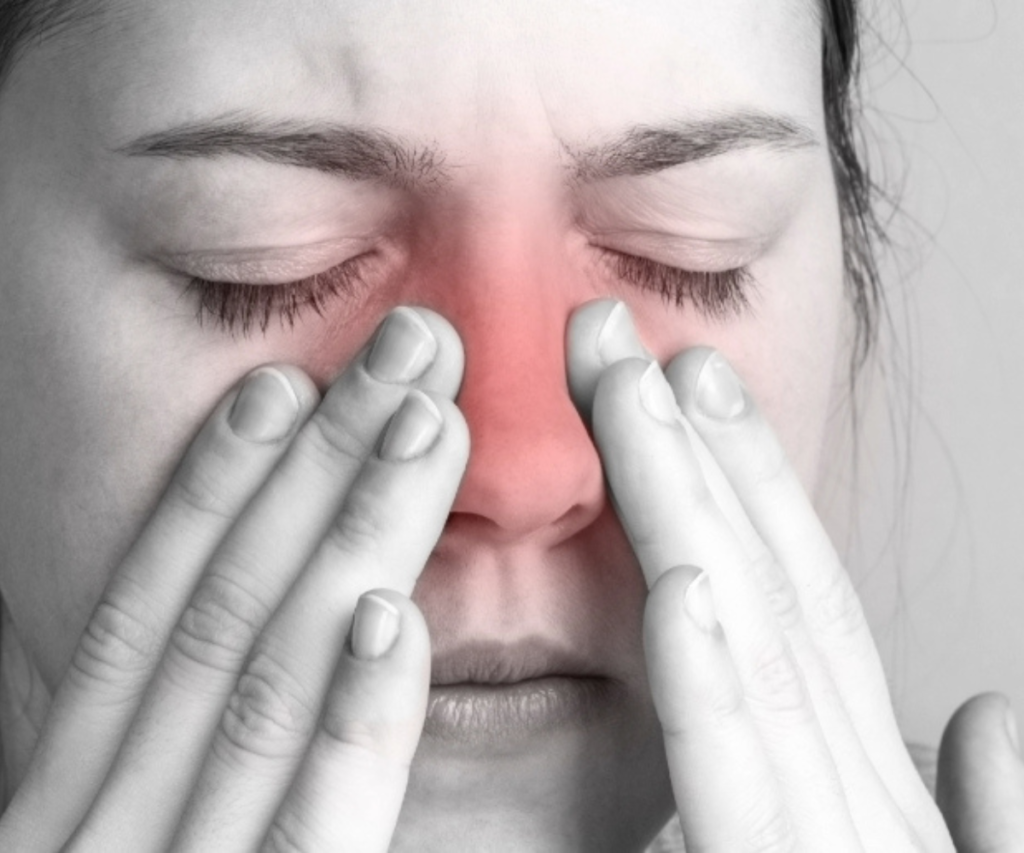Introduction

The human nose is a multifaceted organ that serves as the primary entry point for air into the respiratory system. Beyond its role in breathing, it contributes to our sense of smell, influences speech, and plays a vital role in filtering and conditioning the air we inhale. Understanding the anatomy, functions, common disorders, and maintenance of nasal health is essential for overall well-being.
Anatomy of the Nose
External Structure
The visible part of the nose consists of bone, cartilage, and soft tissue. Key components include:
- Nasal Root: The uppermost part of the nose, located between the eyebrows.
- Nasal Dorsum: The bridge of the nose extending from the root to the tip.
- Nasal Apex: The tip of the nose, which houses the nostrils (nares).
Internal Structure
Internally, the nose comprises several intricate structures:

- Nasal Cavities: Hollow spaces lined with mucous membranes that allow air to flow in and out.
- Septum: The cartilage and bone dividing the nasal cavity into two halves.
- Turbinates (Conchae): Curved structures within the nasal passages that help warm and humidify inhaled air.
- Paranasal Sinuses: Air-filled spaces connected to the nasal cavities that produce mucus and lighten the skull.
- Cilia: Microscopic hair-like structures that trap and move particles out of the nasal passages.
- Nerve Cells: Specialized cells responsible for the sense of smell, located in the olfactory region.
Functions of the Nose
The nose performs several critical functions:
- Air Filtration: Traps dust, pathogens, and allergens to prevent them from entering the respiratory system.
- Air Conditioning: Warms and humidifies inhaled air, preparing it for the lungs.
- Olfaction: Houses the olfactory receptors that detect odors.
- Speech Resonance: Contributes to the quality and tone of the voice.
- Immune Defense: The mucous membranes and cilia act as barriers against infections.
Common Nasal Disorders
Several conditions can affect nasal health:
- Allergic Rhinitis: Inflammation of the nasal passages due to allergens, leading to symptoms like sneezing, congestion, and a runny nose.
- Deviated Septum: A misalignment of the septum, which can cause breathing difficulties and sinus infections.
- Nasal Polyps: Noncancerous growths in the nasal passages or sinuses that can obstruct airflow and impair the sense of smell.
- Sinusitis: Inflammation or infection of the sinuses, often resulting in facial pain, nasal congestion, and discharge.
- Nosebleeds (Epistaxis): Bleeding from the nostrils, which can be caused by dry air, trauma, or underlying health conditions.
- Nasal Furunculosis: Infection of the hair follicles inside the nose, characterized by painful boils and redness.
Treatments for Nasal Conditions

Management of nasal disorders varies based on the specific condition:
- Medications:
- Antihistamines: For allergic reactions.
- Nasal Steroid Sprays: To reduce inflammation.
- Decongestants: To relieve nasal congestion.
- Antibiotics: For bacterial infections.
- Nasal Irrigation: Using saline solutions to rinse the nasal passages and clear out mucus and allergens.
- Surgical Interventions:
- Septoplasty: Surgical correction of a deviated septum.
- Polypectomy: Removal of nasal polyps.
- Sinus Surgery: To treat chronic sinusitis or other structural issues.
Maintaining Nasal Health
To keep the nose healthy:
- Avoid Smoking: Smoking can irritate the nasal passages and impair immune function.
- Stay Hydrated: Drinking plenty of fluids helps maintain mucous membrane moisture.
- Use a Humidifier: Adds moisture to dry indoor air, preventing nasal dryness.
- Practice Good Hygiene: Regular handwashing and avoiding touching the face can reduce the risk of infections.
- Manage Allergies: Identifying and avoiding allergens can prevent allergic rhinitis symptoms.https://www.youtube.com/watch?v=iwwFPQk7SJU
When to Consult a Healthcare Provider
Seek medical attention if you experience:
- Persistent nasal congestion or loss of smell.
- Frequent nosebleeds.
- Facial pain or pressure.
- Symptoms of a sinus infection lasting more than 10 days.
- Any sudden changes in the appearance or function of the nose.
Conclusion

The nose is a vital organ that plays a crucial role in respiratory health, olfaction, and overall well-being. Understanding its anatomy, functions, common disorders, and maintenance strategies can help individuals take proactive steps in preserving nasal health. Regular care and timely medical attention are essential for addressing any nasal issues and ensuring optimal respiratory function.




